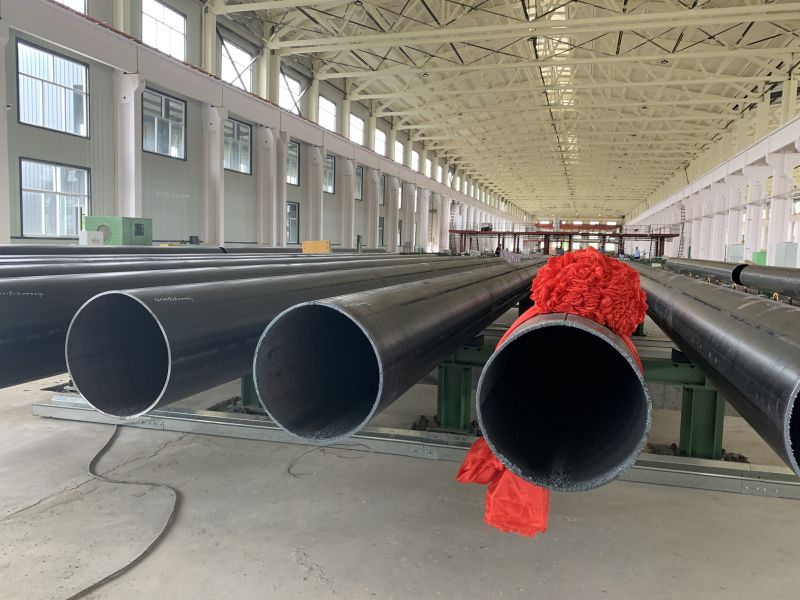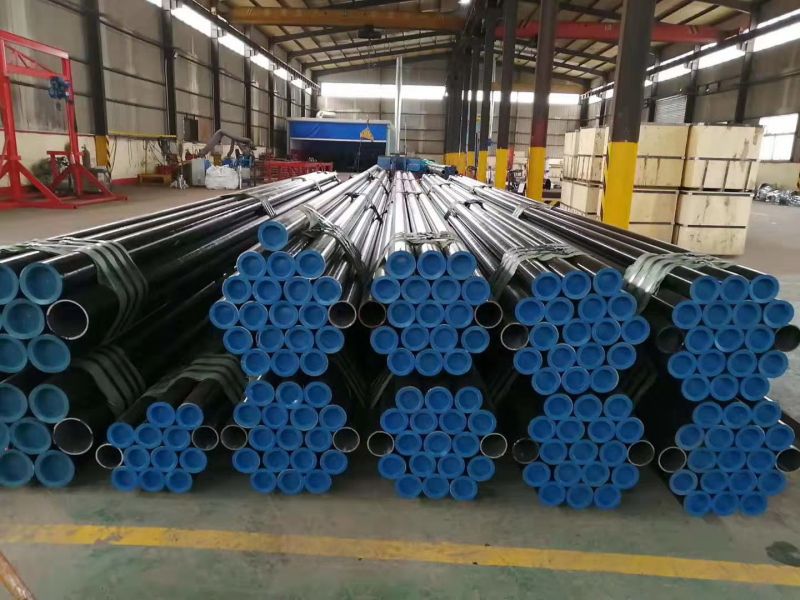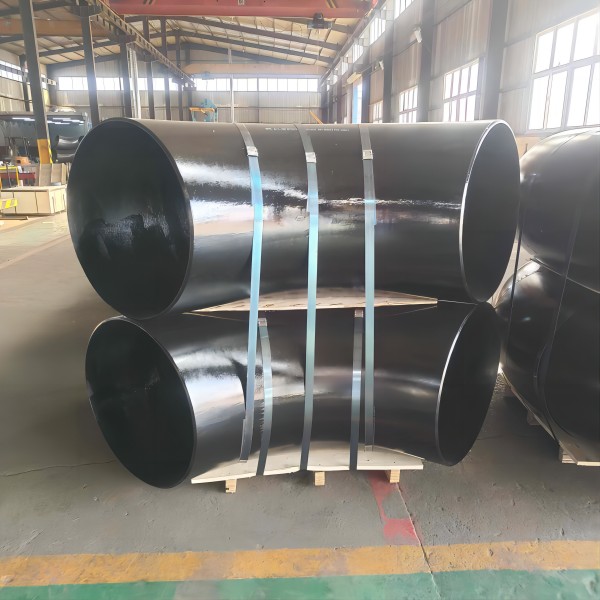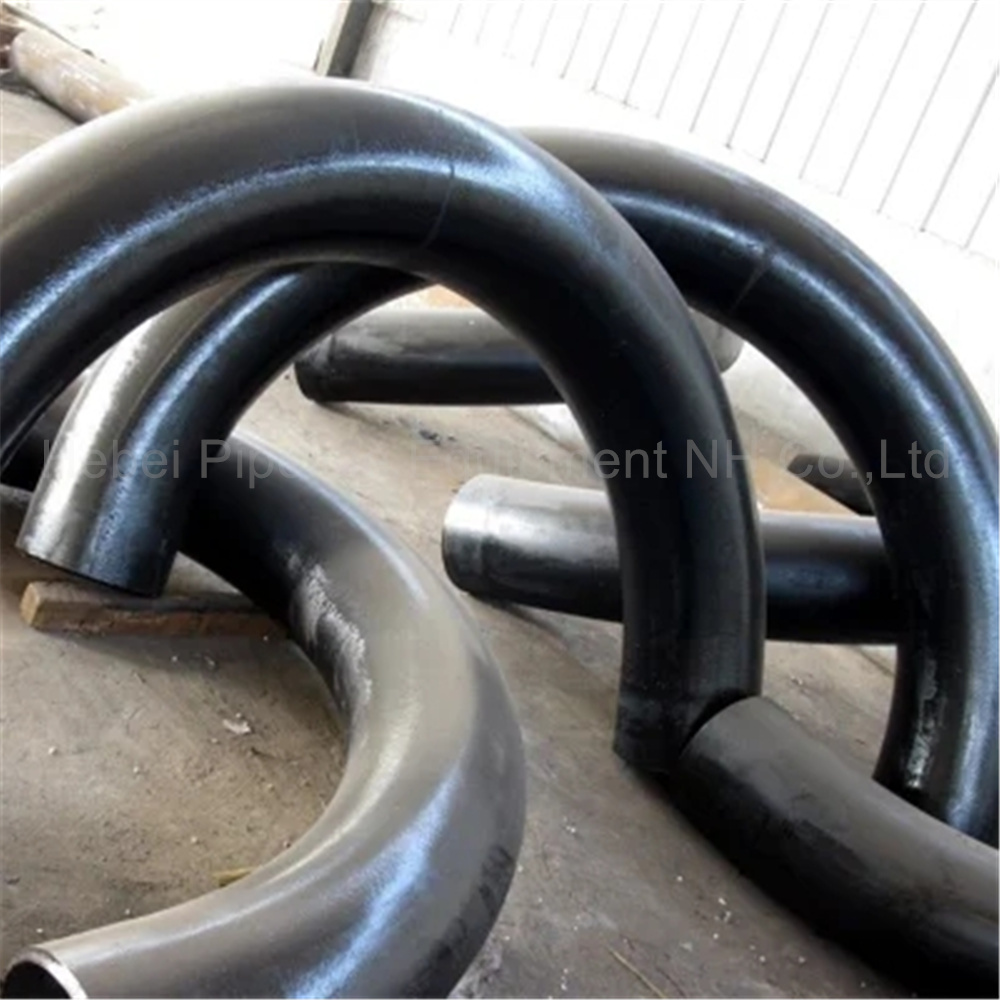According to the carbon content, carbon steel can be divided into low carbon steel (WC ≤ 0.25%), medium carbon steel (WC 0.25% - 0.6%) and high carbon steel (WC > 0.6%);
The characteristics are generally comparative strength, hardness, plasticity, weldability, etc. for example, low carbon steel has low strength, low hardness, good plasticity and weldability.
Four fires and one annealing: the process of heating the workpiece to the temperature below or above AC1, holding for a certain time, and then cooling with the furnace to obtain the balanced structure. Classification: complete annealing, incomplete annealing, spheroidizing annealing, diffusion annealing, recrystallization annealing and stress relief annealing two normalizing: the process of heating steel to AC3 or ACM and cooling it in air to obtain fine pearlite. The difference from annealing: 1. Cooling rate is faster than annealing; 2. Both normalized and annealed structures are p-type structures. The normalized structure is Pseudo-P, and the annealed structure is equilibrium structure; 3. Quenching: the steel is heated to AC1 or AC3 for a certain time and then cooled rapidly (usually higher than the critical cooling rate VC) to obtain martensite (or lower bainite) structure. The necessary conditions for quenching are as follows: 1. The steel must be heated to AC1 or AC3 for a certain time to obtain a structure; 2. The cooling rate must be greater than the critical cooling rate VC to prevent a from high temperature decomposition; 3. Martensite (or lower bainite) structure is obtained, which is the essence of quenching. Four tempering: reheating the quenched parts to a certain temperature lower than the critical point A1 for heat preservation is a heat treatment process in which the quenched Yawen structure is transformed into a stable tempered structure and cooled to room temperature at an appropriate cooling rate. It is divided into low temperature tempering, medium temperature tempering and high temperature tempering.






